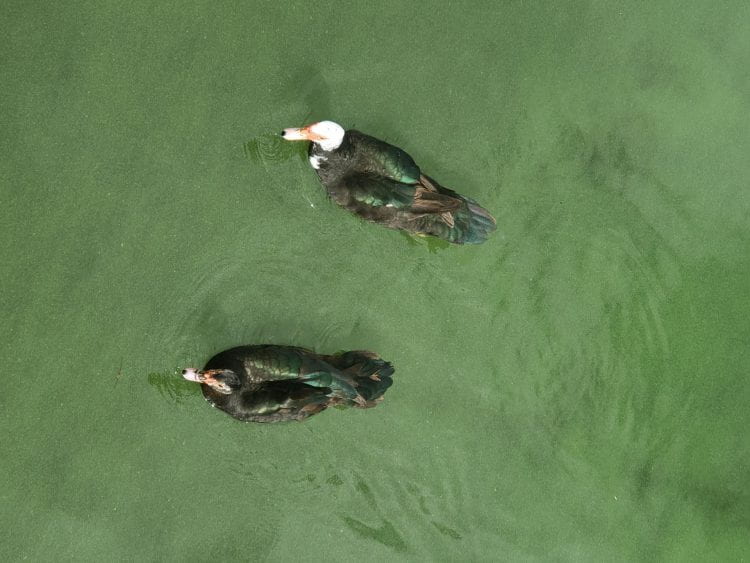Jan. 5 marks National Bird Day, a day for nature lovers, bird watchers and feathery friend enthusiasts to celebrate the incredibly diverse group that is birds. Those who celebrate National Bird Day focus specifically on both the welfare of captive birds as well as the conservation and protection of the species of birds that are native to their respective areas. South Florida is host to many different unique species of birds, and so in honor of National Bird Day, we’ll explore the different birds you may see on campus.
Common Grackle
Common grackles are often mistaken for crows and ravens, but they are not, in fact, part of the corvid family. They are, actually, closely related to cowbirds and orioles. Common grackles have dark black feathers that sometimes have a blue-green-purple shining iridescence. Students at NSU’s Davie/Fort Lauderdale campus may have seen them hopping around on the ground in parking lots or resting on the roofs of buildings.
Gray catbird
Gray catbirds are gray in color with a dark strip on top of their head and a reddish-orange patch of feathers beneath their tail. They are known for their unique bird call, which sounds like a cat’s meow, earning them their name. Catbirds are most often seen in shrubs or trees, and can be seen in the low branches of trees as you walk along the paths on campus.
Anhinga
The anhinga is one of the most unique native birds that takes up residence in South Florida. While it is commonly found in the Everglades, due to NSU’s main campus proximity to the national park, they can occasionally be seen on campus. They are easily recognizable due to their long neck and can be seen on most sunny days resting on the side of Gold Circle Lake with their wings outstretched.
Wood stork
The wood stork is the only species of stork that is native to the U. S., and it is exclusively found in Florida and some parts of southern Georgia. The wood stork can be identified by its white plumage contrasted with its bare, brown, vulture-like head and neck. While wood stork populations in Florida have declined drastically over the past decade due to an increase in water pollution, they can occasionally be seen wading into the shallower parts of the small lakes and ravines on campus.
Muscovy duck
Perhaps one of the most renowned birds that has made its home on NSU’s main campus, the Muscovy duck is easily recognized from the strange bright red skin growths on its head that develop as they age. While these are Muscovy ducks, they are not true Muscovys, but instead a smaller domesticated version.


